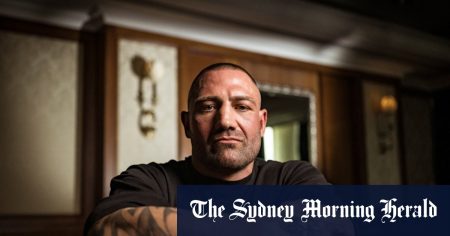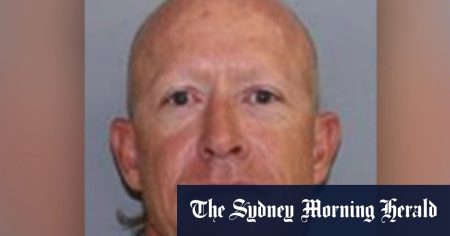Paul Fletcher, the manager of opposition business, has intensified his criticism of teal independent MPs following a recent address at the Sydney Institute. During his speech, Fletcher accused these politicians of misleading voters regarding their political affiliations and intentions. He portrayed the teal candidates as part of a broader pattern reminiscent of front groups established by “left-wing political operatives,” aimed at diverting voter support from the traditional Liberal Party. This accusation reflects ongoing tensions between the established political parties and independent candidates who are challenging the status quo, particularly those from the Liberal Party.
In a follow-up interview with Sky News, Fletcher elaborated on his concerns regarding the electoral strategies of teal independents. He pointed out that many voters who chose teal candidates were actually supporters of Labor and the Greens, suggesting that these voters were employing tactical voting to displace incumbent Liberal representatives. This not only signals a shift in voter allegiance but also raises questions about the long-term implications for party dynamics and electoral outcomes in Australia. Fletcher emphasized that the teal movement is more than a grassroots effort; it is financially backed, citing campaign expenditures exceeding $2.1 million in specific electorates, notably Kooyong and Wentworth.
Fletcher’s remarks also highlighted the issue of financial transparency and accountability in political campaigning. He argued that the teal candidates should be subjected to the same scrutiny as traditional politicians, drawing attention to the potentially disproportionate influence that significant campaign funding could wield over election results. Such financial considerations complicate the narrative around independent candidates, who often promote themselves as alternatives to the entrenched political apparatus. Fletcher’s call for transparency seeks to ensure that all candidates uphold the same standards of integrity and accountability to voters.
Another critical point raised by Fletcher is the potential threat posed by teal independents to the enduring tradition of majority government in Australia. Citing the historical context of Australian politics, he noted that the nation has generally favored majority rule for over eighty years, with the exception of the tumultuous years during the Gillard and Rudd administrations from 2010 to 2013. This shift toward a proliferation of independent candidates risks undermining the stability that majority government has traditionally offered, prompting Fletcher to question how these new players would govern if elected. He urged voters to consider which major party these candidates might align with to form a government, emphasizing the importance of understanding their political leanings.
Fletcher’s criticism of the teal movement reflects broader concerns about electoral fragmentation and the potential for chaotic governance that can arise from a lack of clear majority representation. In his view, the emergence of these independent candidates, while appealing to some electorate factions, poses risks to the fundamental political structure established in Australia. The call for stability resonates particularly in light of past political experiences characterized by minority governments and the complications that ensued. Fletcher’s argument suggests an underlying anxiety about the current political landscape, which may continue to evolve with the rise of independents in subsequent elections.
Ultimately, Fletcher’s statements underscore the contentious and ever-changing nature of Australian politics. The emergence of teal independents represents a significant shift in voter behavior and party allegiance, challenging traditional political narratives while raising complex questions about governance, accountability, and representation. As this trend continues to unfold, it is evident that the relationship between voters, political parties, and independent candidates will remain a matter of intense scrutiny and debate, shaping the future of Australia’s political landscape in profound ways.










